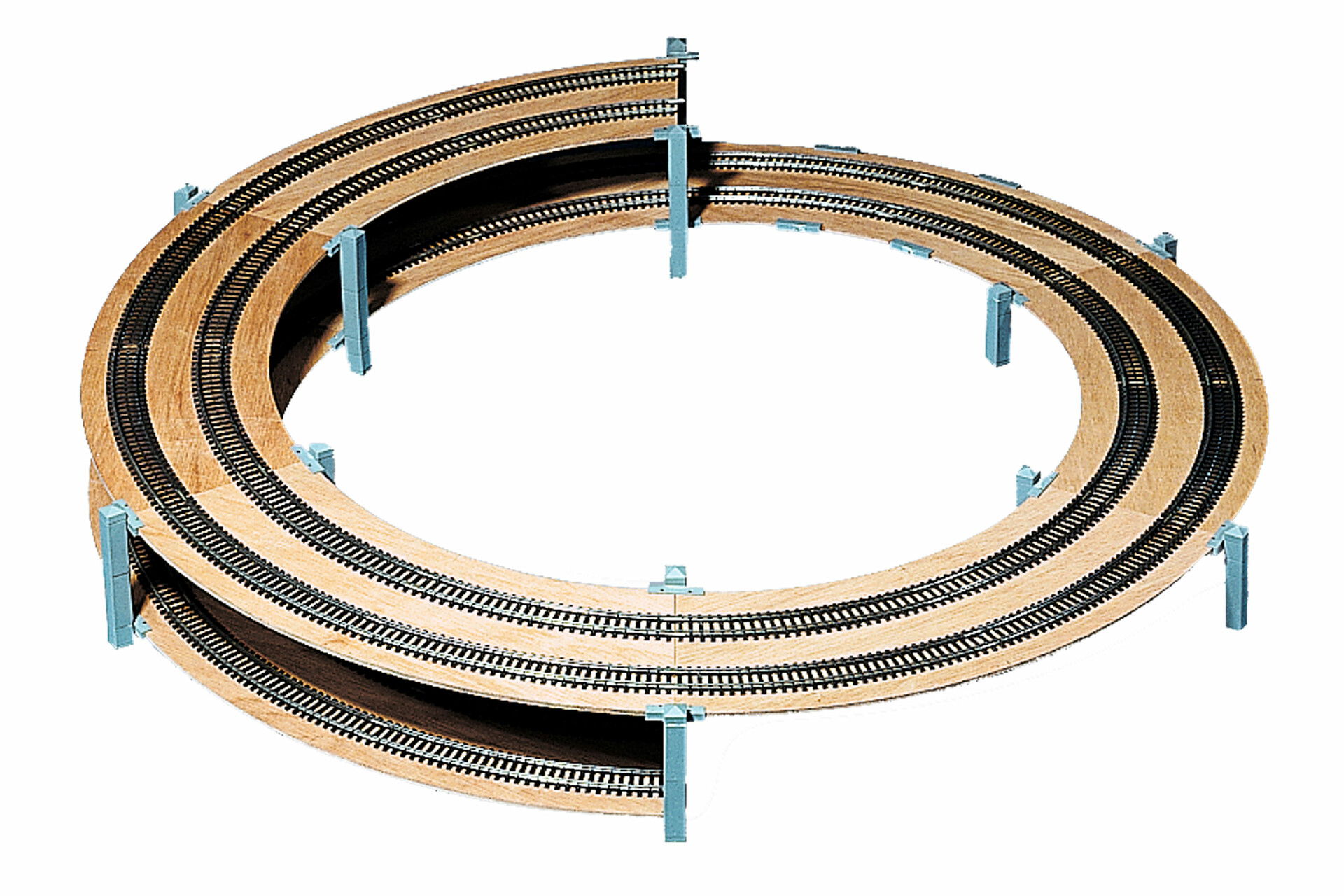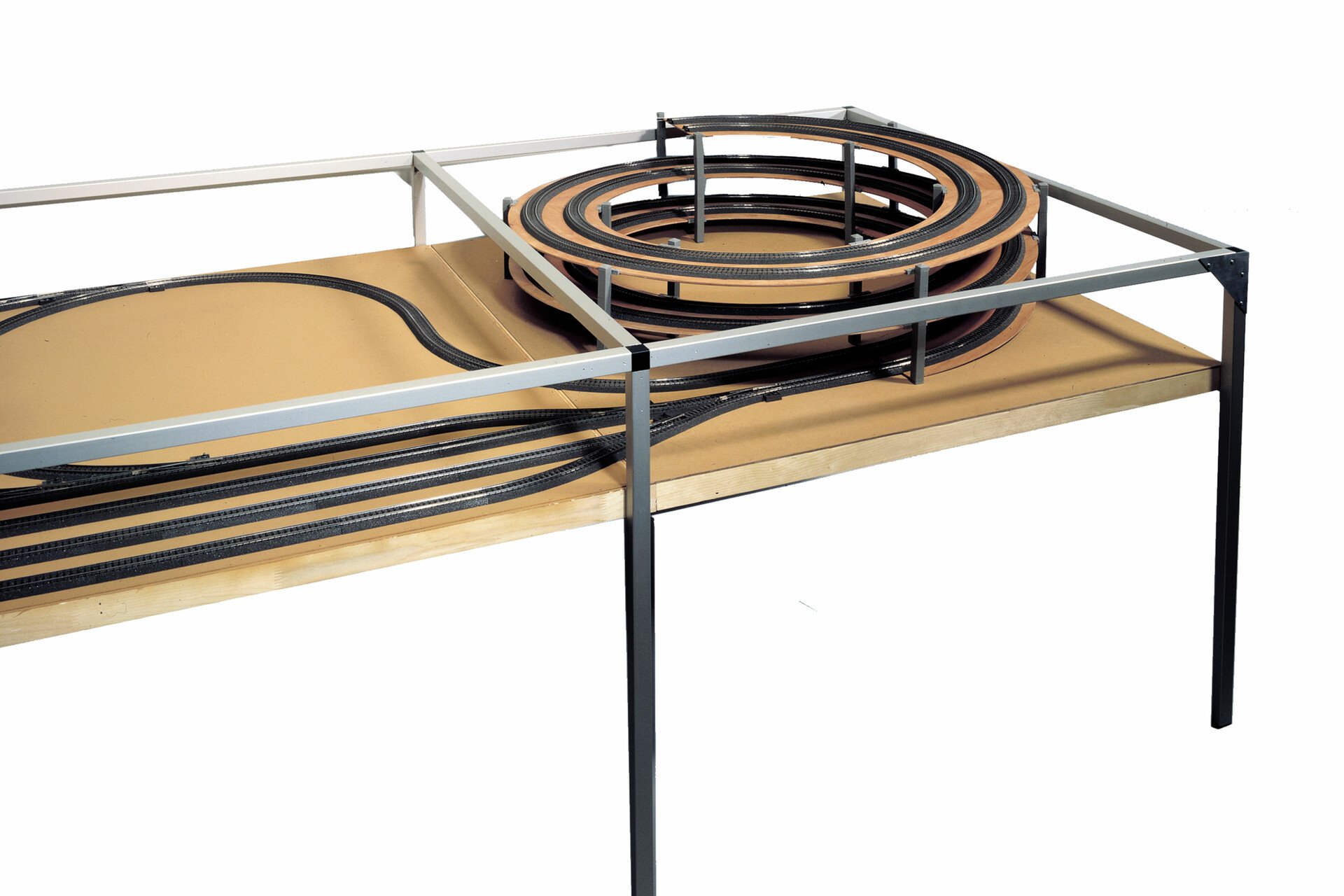Filter products
Filter anwenden
–
- Everything to get started
- Trees and Bushes
- Bridges and Viaducts
- easy TRACK Railway Route Kits
- Events und Seminare
- Paints and Glues
- Fields and meadows
- Rocks and Rock Walls
- Preformed Layouts
- Figures and Decoration
- Rivers, Lakes and Water Bodies
- Buildings
- Terrain Structuring
- Trackplans
- LED Lighting
- Partner Brands
- Portals, Walls & Arcades
- PROXXON
- Guides and catalogues
- Snow & Winter
- Roads, Streets and Places
- Tunnel
- AMMO
15 Results

H0
Average rating of 5 out of 5 stars
€184.99
Item ref. 53004

H0
€161.49
€169.99
Lowest price in the last 30 days: €161.49
% SALE %
Item ref. 53108

